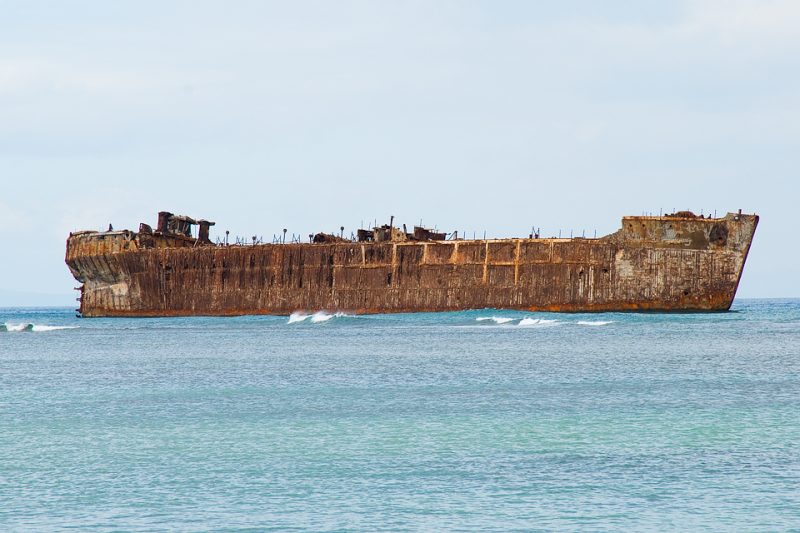
Posted on 06/06/2019 12:23:00 PM PDT by Red Badger

============================================================
Although the idea might sound ridiculous at first, concrete ships have played an important role in naval warfare. When shortages of timber and steel threatened the supply of ships, using concrete provided a solution.
Concrete ships use ferrocement in place of wood and some of the steel that is usually required. Ferrocement is made from mortar or plaster which is applied over a finely woven metal mesh. The mesh is usually made of iron (Latin: Ferrum) which gives it its name. Early models
One of the earliest concrete boats was seen at the Paris Exhibition of 1855. Designed by Joseph Louis Jambot, it showed the possibilities of using non-traditional building materials.
The idea was taken up by designers elsewhere in Europe and was used for building small crafts such as canal barges. It was later used for building small ships. The most famous of these was the Liguria made in Italy by Carlo Gabellini in 1896.
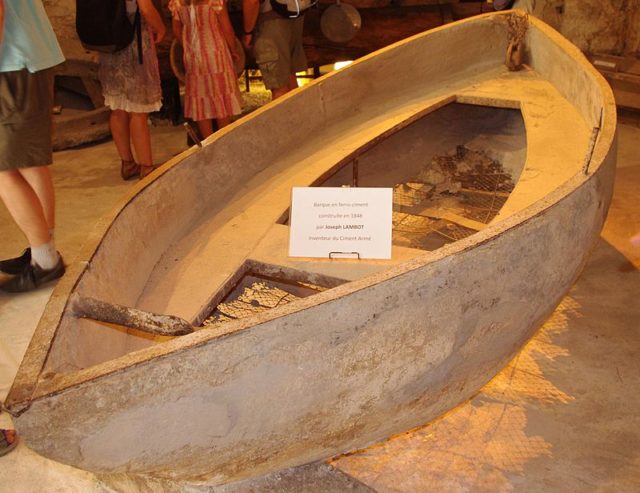
Early French example. Photo Credit.
=============================================================
The twentieth century
Experiments continued into the twentieth century both in Europe and in the United States. In California a pioneering businessman named W. Leslie Comyn started the San Francisco Ship Building Company to produce much larger vessels using ferrocement.
On March 18th, 1918 the SS Faith was launched. Faith was a 6,125 ton steamer costing $750,000 to build. Faith plied the seas as a cargo ship until 1921.
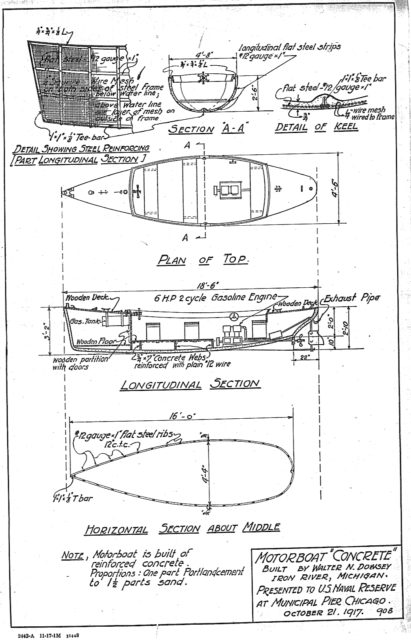
Design for a concrete boat.
=============================================================
Wartime interest
In wartime demand for timber and steel to produce ships rose rapidly while production inevitably fell as a consequence of wartime activities. Ferrocement seemed to offer a possible solution and Woodrow Wilson was convinced enough to order a consignment of 24 ferrocement ships. As these were ordered close to the end of the war only 12 were completed and they were never put into action.
Interest was renewed during WW2 once again as a way of dealing with shortages of the more traditional materials. In 1942 the US government commissioned the building of 24 self-propelled ferrocement ships as well as large “ship” barges which although much larger than conventional barges were still towed by tugs.
These barges played an important role in the war taking part in many operations included the Normandy D-Day landings. Here the barges functioned as floating blockades and carried ammunition and fuel.
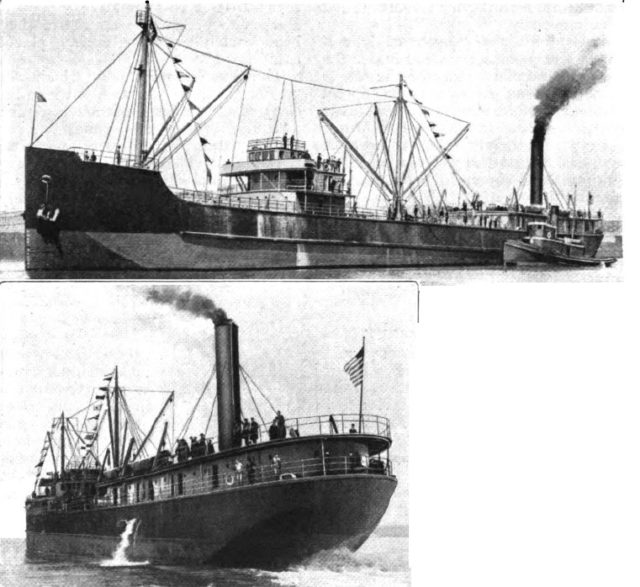
Photograph of the SS Faith, the first ship built of concrete in the United States, soon after launch in 1918.
=============================================================
They were also deployed in the South Pacific. Here they were kitted out as refrigerated canteen barges. They provided food for the soldiers including fr0zen meats and fresh poultry. They even offered much-welcomed treats such as ice cream. After the war
After the war there was little further development or building with ferrocement. Many of the ships were scrapped or used as breakwaters. However, thanks to the efforts of hobbyists and enthusiasts many examples have been restored and preserved and can still be seen today at various locations across the globe.
There is even an annual national concrete canoe building competition organized by the American Society of Civil Engineers.
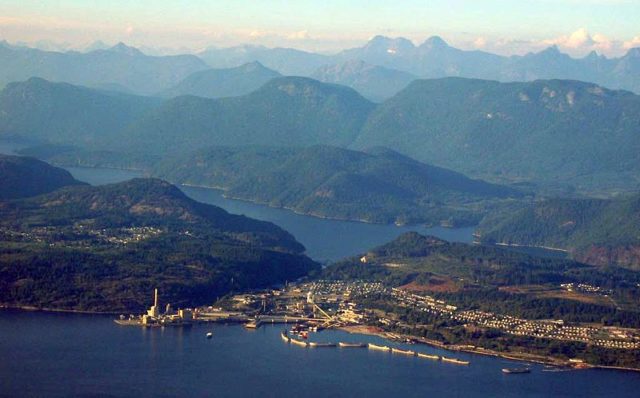
Powell River- British Columbia
================================================================
One of the largest collections can be seen at Powell River in British Columbia where ten ships form a breakwater for the lumber mill. The SS Selma which was launched on the very day that Germany signed the treaty of Versailles can be found at Seawolf Park in Galveston.
In the UK several abandoned barges can also be seen in the east of London on the River Thames.
We hope you enjoy our content. We think it’s important to keep war history alive. If you do too, please consider becoming a supporter. Thanks.

Pykrete
Pykrete was a truly crazy idea.
Not as crazy as it first sounds but still crazy.
Concrete with fly ash and Grancrete supplements (5% ish) to reduce water permeability. Add fiberglass fibers to the mix to improve the strength of the concrete mix. Use fiberglass re-bar instead of Iron / steel re-bar. Paint the outer hull with epoxy.
Will last a lot longer than ferro-cement.
I’m so glad to see this article! My grandfather worked in the shipyard at Wilmington, NC as a young man helping to build concrete ships. I have never even seen any other reference to them until today!!
ferro-cement wasn’t expected to last long..................
Those ships crack me up.
I help build a cement fishing boat in Hawaii in 1967. what makes a boat float is not the material it is made of but how much water it displaces versus the weight of the boat. steel ships float same as concrete.
Maybe that's why my folks tried to get me to wear a ferrocement life jacket. "It floats", they said. "Rock solid".
I had a co-worker in Seattle with a 25’ ferro-cement sailboat. I had never heard of such a thing before, but was an interesting ship. He retired, sold it, upgraded, and sails from Anchorage to Cabo in a seasonal flotilla of like minded retirees.
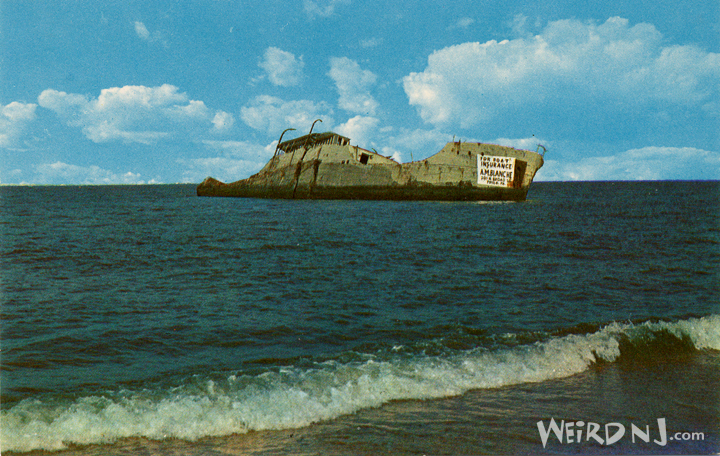
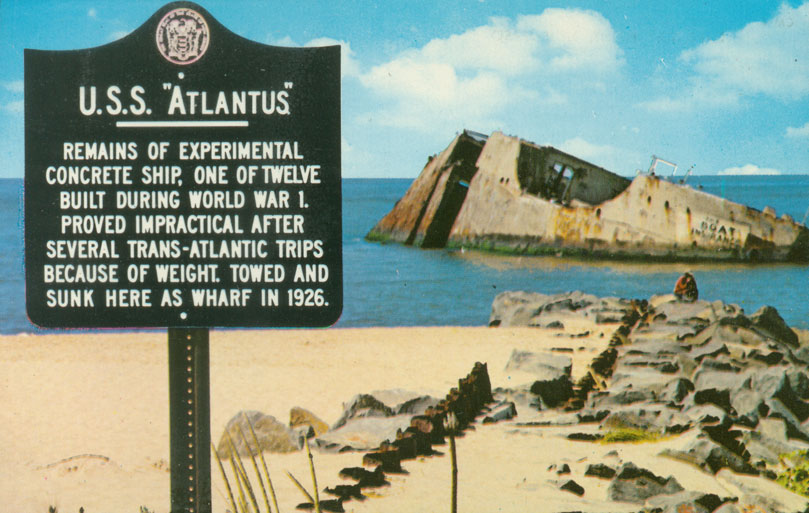
True, but the technique could (and still is) used today. Substitute the re-bar and add the supplements and you have a longer lasting concrete ship. Perhaps long enough to make it viable for a commercial vessel or a home hobbyist???
Maybe for my 49’ dream boat )(https://www.boatdesigns.com/49-Klondike-cruising-trawler-yacht/products/400/
or
https://hartley-boats.com/product/tahitian-fisherman-45-50/
Steel and ferro-cement re-bar suffers from the same problem - salt water. It is very hard on iron based metals as the rust corrosion can be severe.
If you replace the re-bar with fiberglass re-bar, you avoid the structural rust that plagues ferro-cement. If you change the concrete mix to reduce water permeability you further extend the life. Trade off as it is a minor cost increase but significantly extends the life of the craft.
When I rode on the Galveston Bay ferry when I was a kid, I was always intrigued by the huge concrete boat in the bay.
I'm not much into boats, but as a chemist, your proposed design changes should all "work".
TRUE. Though “being long lasting” was NOT a huge priority, as MOST cargo ships that supplied the UK & the USSR during WWII seldom made no more than 2-3 roundtrips before being “lost at sea”, due to storms, striking obstructions, collusions with other ships of the convoy, sea conditions or U-Boats.
Fwiw, I saw a period document from 1943 some years ago that said that a ship was “considered” a SUCCESS, if it made ONE round-trip to the USSR with the cargo/crew intact.
Yours, TMN78247
I wonder if any of the ferroconcrete WWII cargo ships are still in use as cargo vessels??
Yours, TMN78247
Project Habakkuk: A Ship made of a mixture of wood pulp and ice
I don’t think so. Most have become reefs................
Disclaimer: Opinions posted on Free Republic are those of the individual posters and do not necessarily represent the opinion of Free Republic or its management. All materials posted herein are protected by copyright law and the exemption for fair use of copyrighted works.